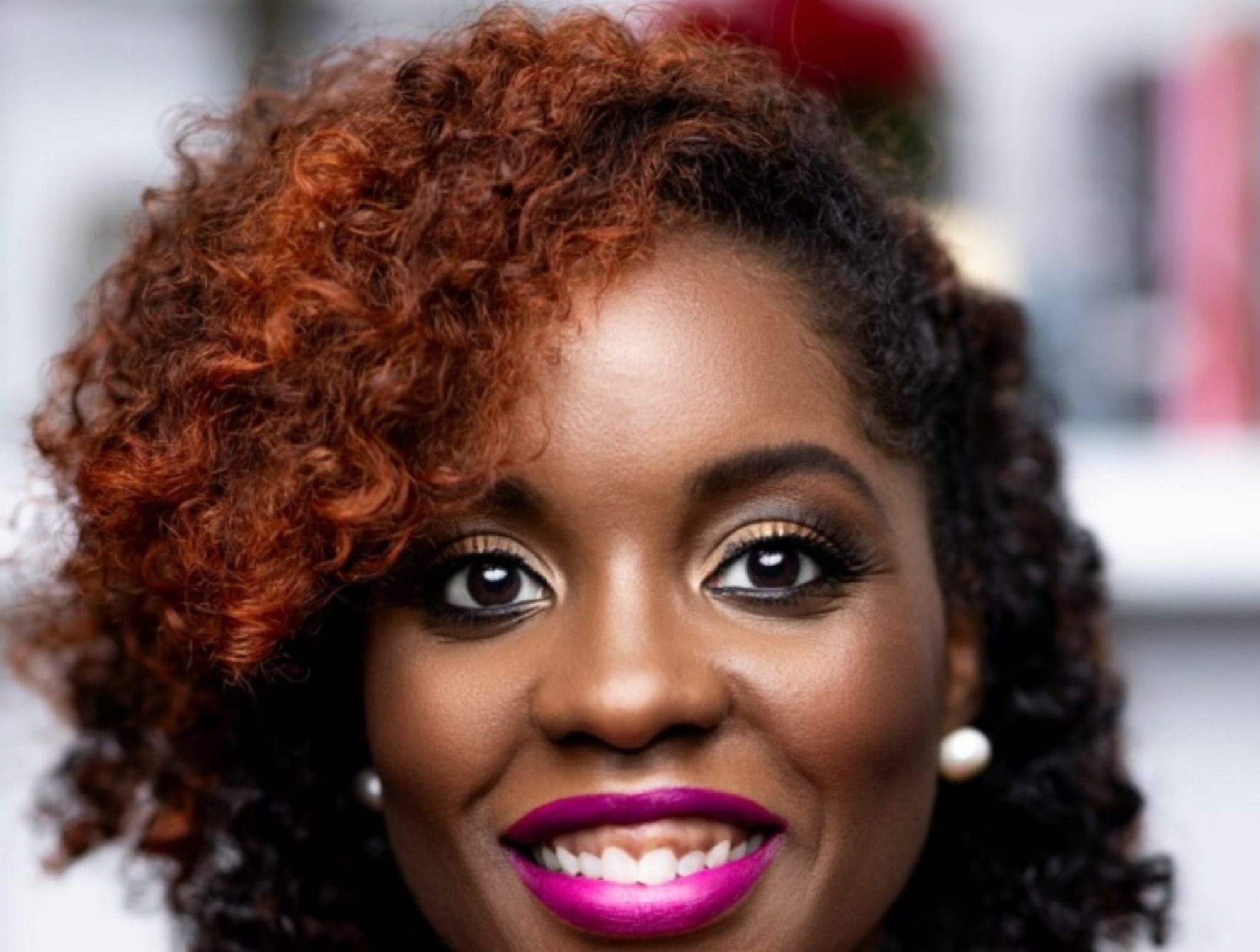
Anyone who has spoken to me in depth, in person, about these migraines I’ve been experiencing since May of this year has heard this: this is a very spiritual journey. It may make some uncomfortable to know just how much I hear God’s voice and feel His Spirit guiding my every move these days. This is a transformative process, and so when people ask me how I’ve remained sane through some of my darkest days, or how I’m smiling when I’ve been in some form of pain daily for around 5 months, I say, “The Lord and I have become really, really close.” When there are weeks you spent where 70-80% of your day is alone in a dark room, you either go into the darkness, or you get VERY spiritual, start to really ask some questions about some things, and stop asking questions about others, and just—do what He’s telling you to do. It’s what started this blog.
Today, I want to talk about suffering again, because mine isn’t over, and it does my spirit some good to remind myself of purpose. We suffer for a few reasons.
Sometimes, we’ve made some choices, and there are consequences. For instance, Adam and Eve chose to disobey the command not to eat from the specific tree in the Garden, and all of humanity has suffered the separation from God since. Jesus came to restore, but God does allow free will, and he does allow the natural consequences to those choices that are outside His will in our lives. I’ll tell y’all, I had some growing to do here. You know, things like: take responsibility for eating on time, drink enough water, get enough sleep, draw some appropriate boundaries. Basically, make sure you are taking care of your body. I said to myself, “God isn’t going to heal you if you aren’t doing the things that you need to do to take care of your own body, sweetie.” My preacher spent 5 minutes on the phone specifically trying to convince me to give up caffeine. I don’t take that lightly. So, I reduced it significantly, to amounts that I knew as a physician were much more in line with what was recommended for my condition (a major feat for me). And I saw major improvements. Consequences. I continue to pray for him to show me how to change the things I can change in my condition, as it is said, faith without works is dead.
Sometimes, the Lord is allowing a test, like in Job. And as 1 Peter 1:6-7 says, you may “suffer grief in all kinds of trials” but they have come to “prove the genuineness of your faith” that it “may result in the praise, glory, and honor when Jesus Christ is revealed.” Sometimes, your praise through the storm is simply to perfect your faith so that God can be glorified. And since Christians know Romans 8:28 well, we know there is no reason to get down about these trials. We know Job was restored, above and beyond his previous status. We know God’s will for us is above and beyond our wildest imagination for ourselves, as long as we align ourselves with His will. I’m no where near as tested as Job was, but I do lean on this story, as I encounter each new challenge, each new hurdle. A positive spirit goes a long way amid a storm.
Sometimes, as I discussed in my previous blog, the Lord is preparing you for a great blessing, but he’s got to use what appears to be a stumbling block to get you on the path that he has cleared for you.
But the scripture that has carried me, and I have meditated on: 2 Corinthians 12: 7-10
“So to keep me from becoming conceited because of the surpassing greatness of the revelations, a thorn was given me in the flesh, a messenger of Satan to harass me, to keep me from becoming conceited. Three times I pleaded with the Lord about this, that it should leave me. But he said to me, “My grace is sufficient for you, for my power is made perfect in weakness.” Therefore I will boast all the more gladly in of my weakness, so that the power of Christ may rest upon me. For the sake of Christ, then, I am content with the weaknesses, insults, hardships, persecutions, and calamities. For when I am weak, then I am strong.”
–King James Version Bible
The timing of the headaches was right at a time in my life when all God’s blessings were falling into place, my career seemed to be coming together, my family is picture perfect, and I am finally beginning to own the gifts and talents He has blessed me with. Then BAM! Now mind you, I have never been an arrogant person—this is not really my struggle. In fact, I would say my struggle is the opposite—downplaying and not fully utilizing my gifts and talents. But I would say that I’m a bit of a control freak. I tend to like to take the wheel. I tend to like to make the plan. And at a time where I was beginning to see the gifts, I truly believe God has slowed me down enough so that I can learn to lean on Him for guidance with exactly how I am to use them, and who is supposed to be in my space when I do. I’m still learning, and clearly, the migraines are still here, so He still has some things to show me.
Hopefully this can serve as an encouragement for someone else who’s going through a tough time or will go through a tough time. Truthfully, as I’ve stated before, this piece, this is about me, my growth, and my peace. Be blessed.











